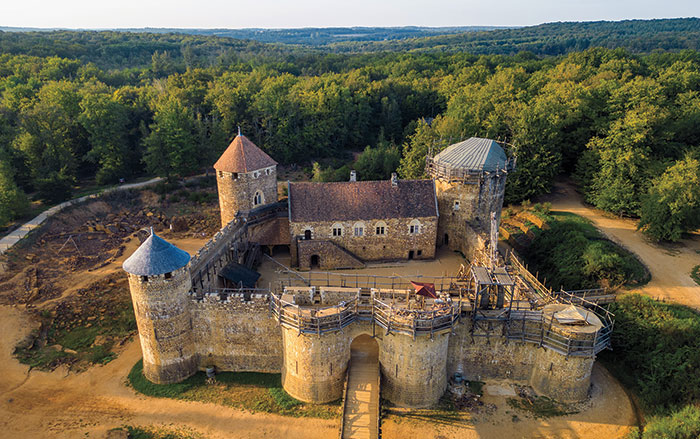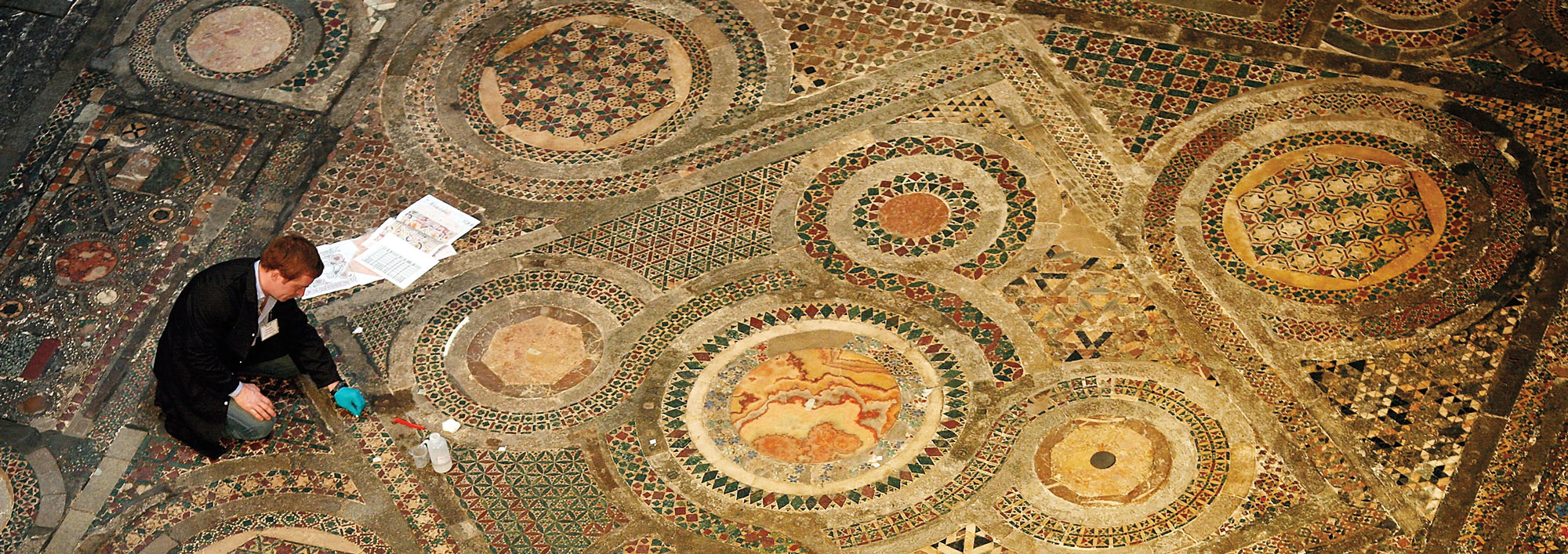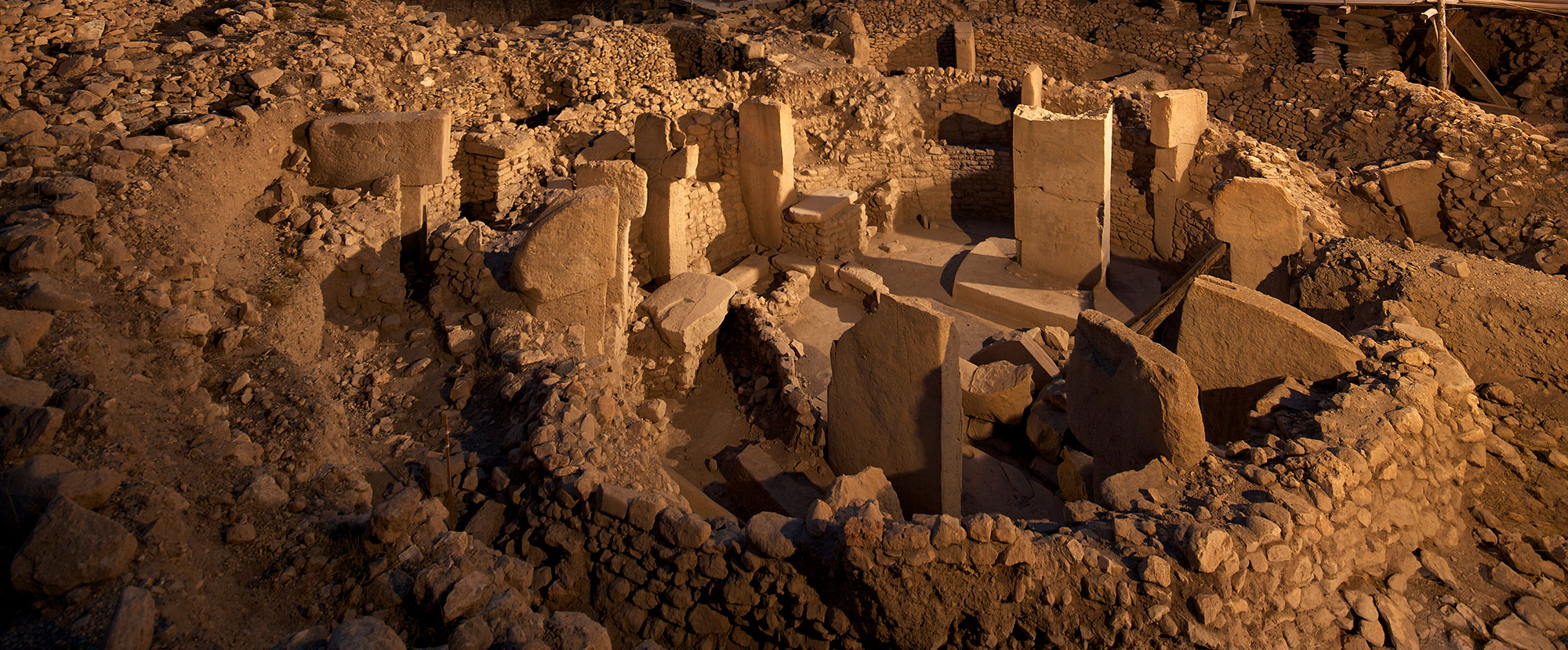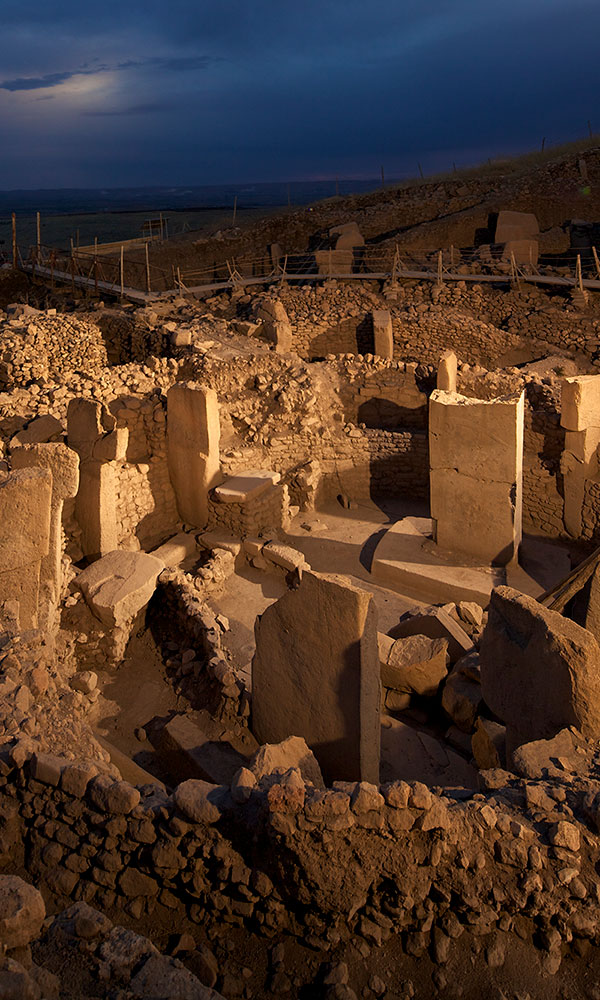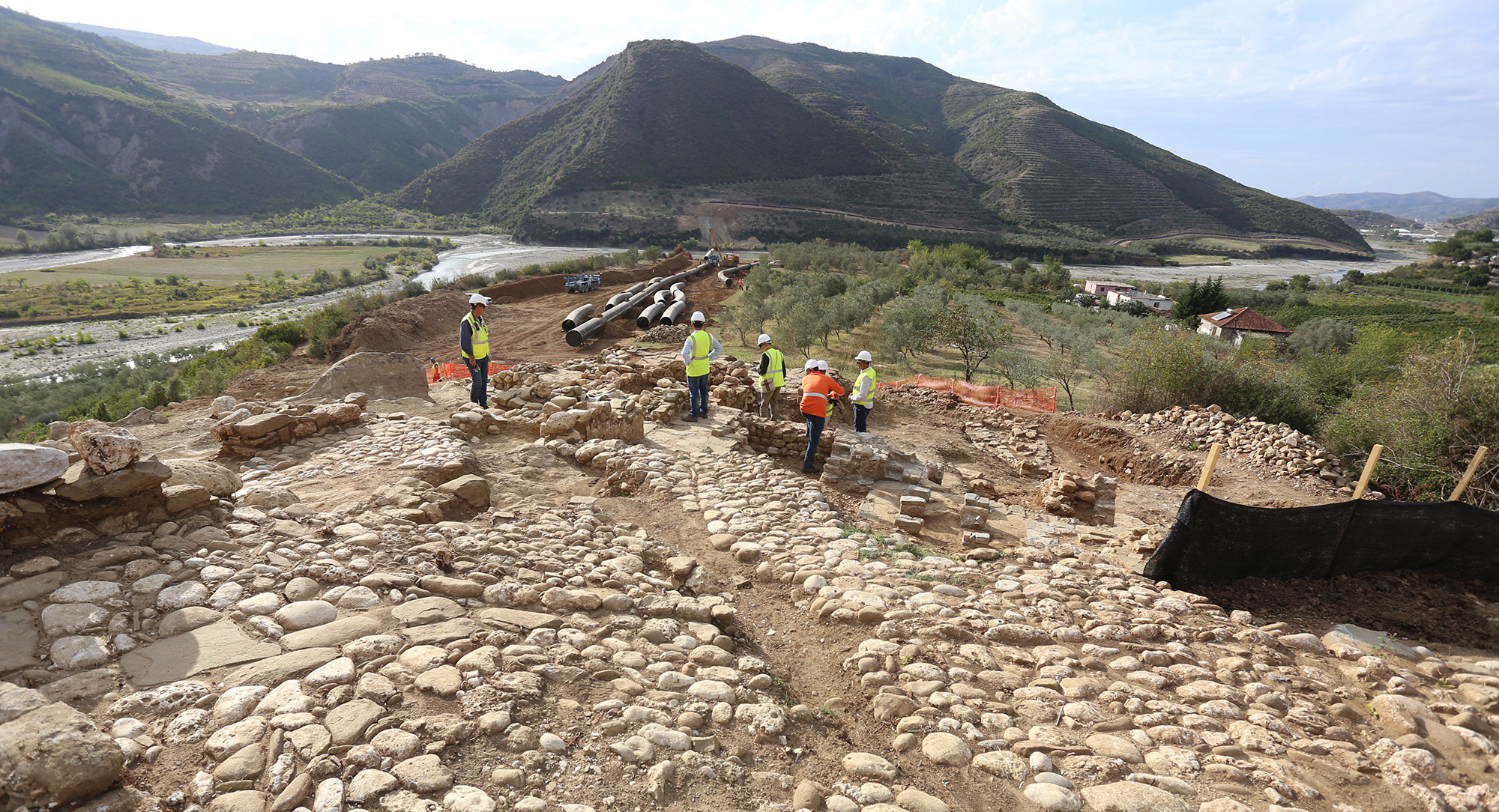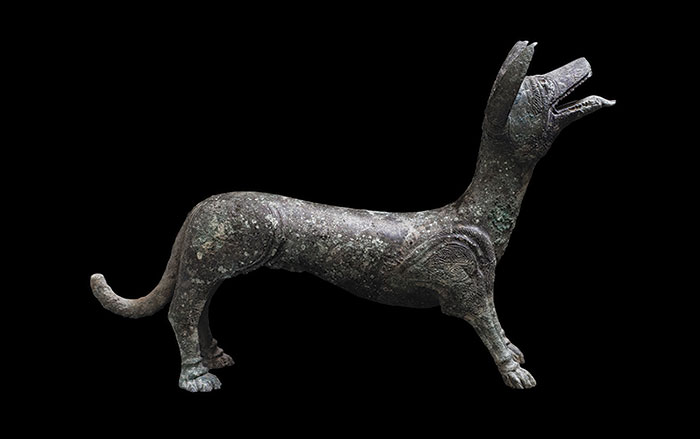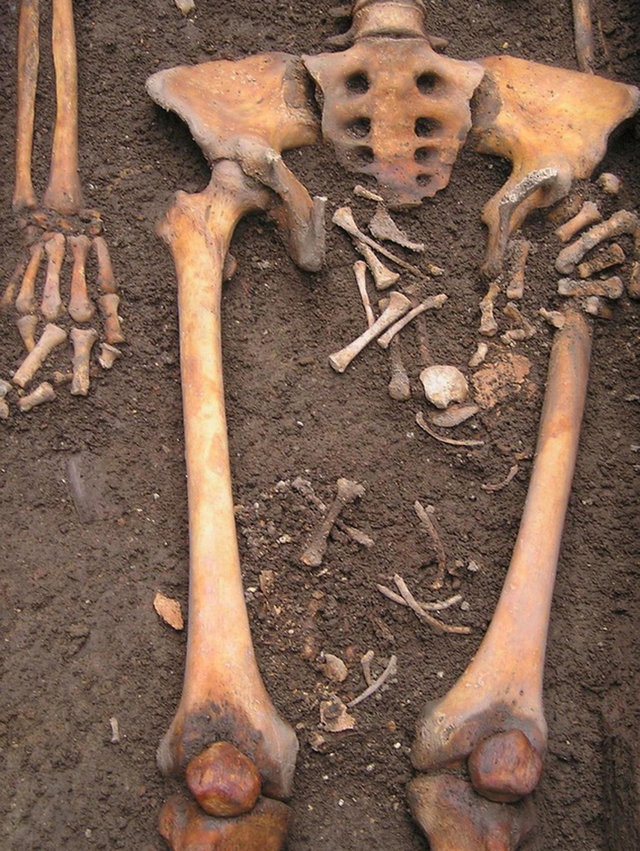
IMOLA, ITALY—According to a report in Live Science, archaeologists have analyzed the 1,300-year-old remains—initially discovered in 2010—of a woman who posthumously gave birth to a stillborn fetus in the grave. Rarely discovered archaeologically, coffin births refer to the expulsion of a fetus after death and are caused by the build-up of gas pressure from the decomposition of a pregnant woman’s body. Skeletal evidence shows signs that before her death, the interred underwent a primitive medieval brain surgery called trepanation, which involves drilling into the patient's skull to relieve pressure. Archaeologists speculate that, in this case, the procedure was intended to treat preeclampsia or eclampsia. To read more about medieval Italy, go to “Fifteen Centuries of Life in Chianti.”



